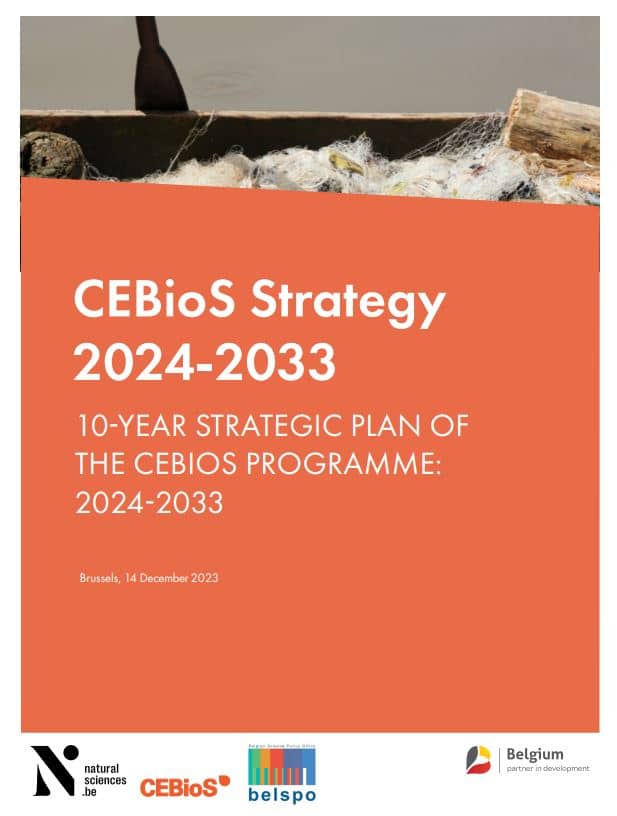News
Discover our new Strategy 2024 – 2033

Our 10-year strategy 2024–2033 addresses the urgency of the biodiversity crisis linked to climate, water, food security and health crises.
- Strategy
- 07.03.2024
- Visit this link for more details
More info about the News item
The 10-year strategy of the CEBioS-programme is structured in two parts: the first part introducing to the current state of play in the actual multi-crisis context, and a second part explaining the CEBioS programme’s strategy in terms of actors, theory of change, partner countries, operational sub-programmes and management, monitoring and evaluation.
Since the writing of the previous strategy (2014), the world has profoundly changed. It has been shaken by the Covid pandemics and conflicts in partner countries and elsewhere. Climate change has become even more the -literally-hot topic, intrinsically linked to biodiversity loss. The direct drivers of change in nature with the largest global impact have been changes in land and sea use, direct exploitation of organisms, climate change, pollution and invasion of alien species. Those five direct drivers result from an array of underlying causes, the indirect drivers of change, which are, in turn, underpinned by social values, economic dynamics and behaviours. These crises are especially exacerbated in the global South, where fragile economies, poor governance and widespread poverty result in low resilience to biodiversity erosion and climate change.
Therefore, a systemic approach to these interconnected crises is needed which should lead towards transformative changes to reshape societies and their economies. The global South’s strategic priorities of alleviating poverty, halting the biodiversity loss linked to climate change are reflected in our strategy. This should lead, as expressed in our vision and mission (Box 1 & 2) to a more green economy in harmony with nature, based on Nature-Based Solutions and 3 E.g., One Health and OD Phylogeny: through the identification of intermediate vectors of zoonoses in mammals and birds and the genetic identification of bushmeat on the markets. sustainable development. Our work is based on the paradigm that sustainably harnessing ecosystem services (Box 3) will lead to better developed value chains, hence providing income to local populations and conserving biodiversity, the ultimate goal of our theory of change. In short, our 10-year strategy 2024–2033 will address the urgency of the biodiversity crisis linked to climate, water, food security and health crises.
The strategy builds on successful CEBioS experiences and interventions we want to continue and strengthen by :
(1) implementing as much as possible the newly created targets (annex 3) and monitoring framework of the Global Biodiversity Framework of the CBD with dedicated policy support towards the Belgian Development Cooperation (DGD), The Science Policy administration (BELSPO), the Rio Convention on Biological Diversity (CBD) and the partner countries,
(2) a strong focus on the nexus of biodiversity with climate, water, food and one health3 (Box 4) by fine-tuning eligibility of calls and terms of references of workshops and trainings,
(3) deepening of strategic interventions with active participation in the SECORES network and its Joint Strategic Framework on Resilience of social-ecological systems,
(4) use 12 a whole of institute approach in our institutional cooperation. We will work more explicitly through 6 sub-programmes (explained further in this document) linked to the Theory of Change (TOC) and logframe. Extra attention will be devoted to developing capacity building modules including elements of remote sensing, the Evamab manual on rapid assessment of ecosystem services (developed by a consortium coordinated by CEBioS) and conservation tools developed by the International Union for Conservation of Nature (IUCN).
You will find the strategy here.




